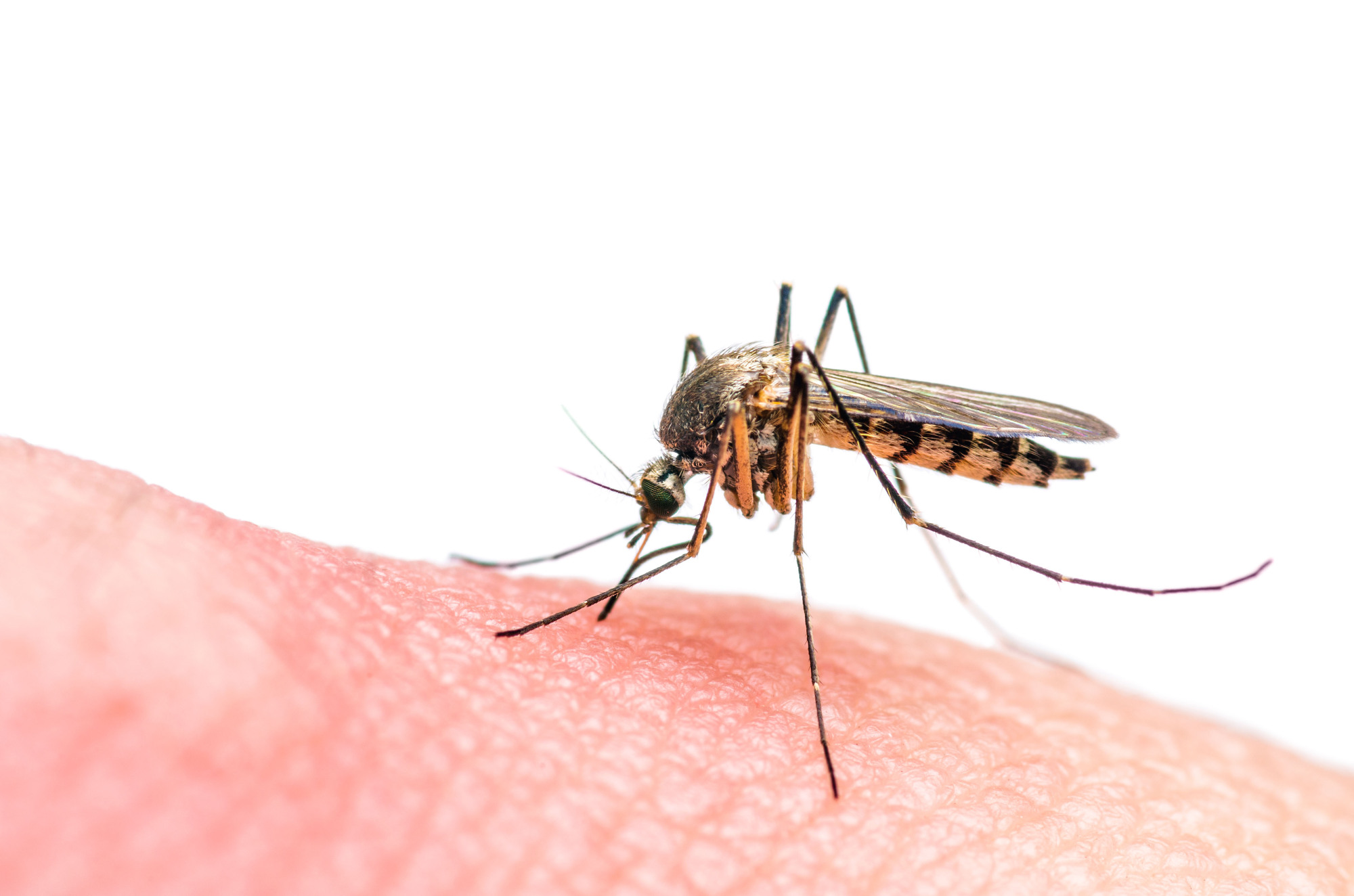There can be a hidden downside to frightening the public.
New and scary diseases have always made good headlines, but if they are very rare, is it ever justified to tell people to be afraid? Exaggerators in public health fields or in the media may not think they can do any harm by issuing alarming warnings about things like mosquito-borne illnesses, vaping or eating meat. But there can be costs to such tunnel vision.
It's OK to make a big deal about something that's small when there's a reasonable chance it might become a lot bigger, said risk communication consultant Peter Sandman. Think of the H5N1 bird flu scare of the last decade, he said. The disease was much more likely to kill those who got infected than was the 1918 pandemic flu, which killed about 50 million people. The new bird flu hadn't evolved the ability to spread from person to person, but in the very real possibility it did, it could have been the worst pandemic ever.

















With your current subscription plan you can comment on stories. However, before writing your first comment, please create a display name in the Profile section of your subscriber account page.